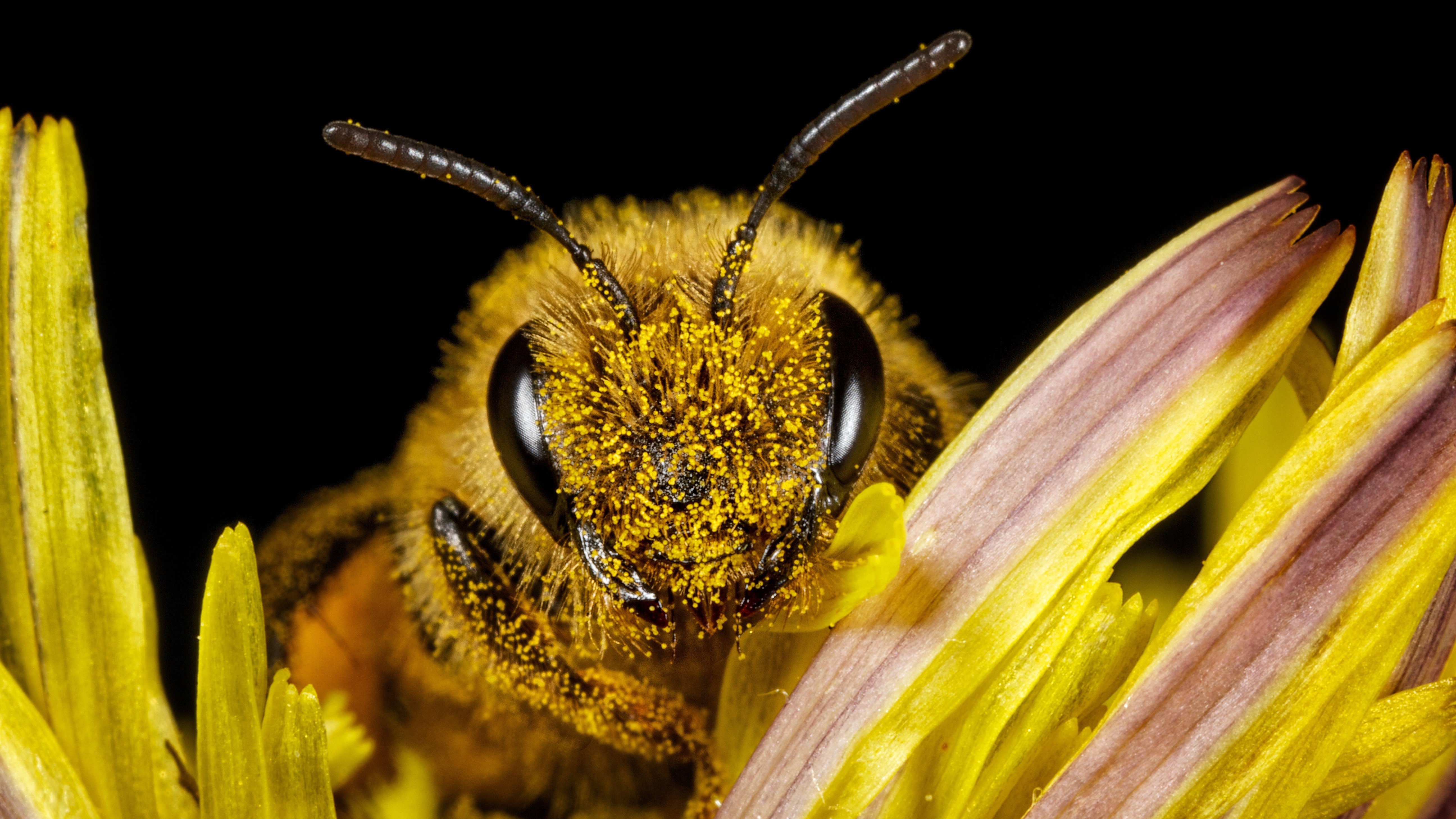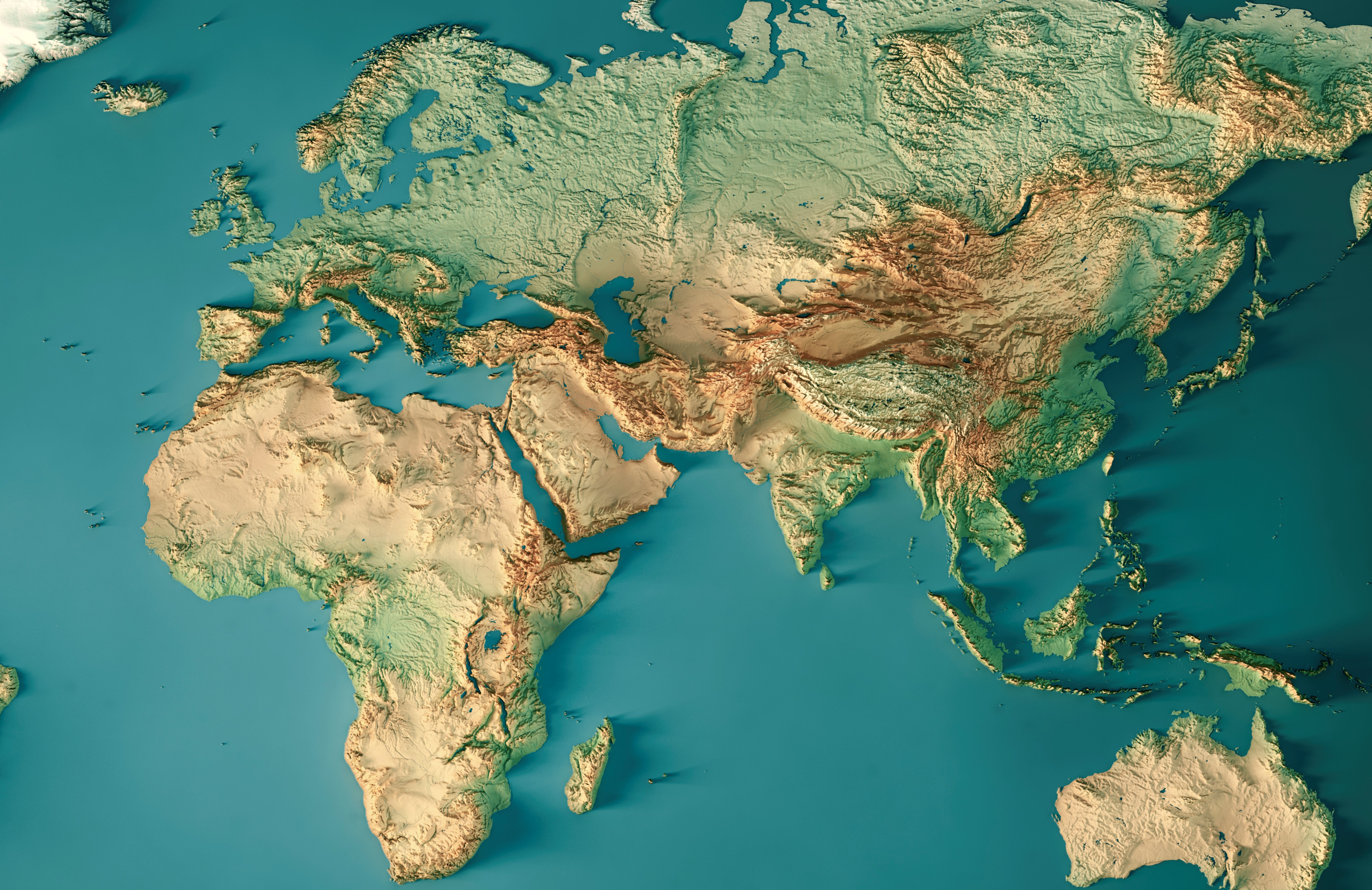Where do honey bees come from? New study 'turns the standard picture on its head'
DNA analysis indicates the world's most common bee originated in northern Europe around 780,000 years ago, before spreading into East Africa and Arabia around 120,000 years later.

Western honey bees may have first evolved in northern Europe before spreading throughout Asia and Africa, a new analysis suggests.
The new finding, published June 9 in the journal Scientific Reports, upends the traditional view of the bees' origins.
"The accepted wisdom is that European honey bees evolved from Africa or Asia," Steve Carr, professor of biology at the Memorial University of Newfoundland in Canada, told Live Science. It "turns the standard picture on its head," he said.
The new analysis shows western honey bees (Apis mellifera) originated in northern Europe around 780,000 years ago before spreading through southeast Europe into East Africa and Arabia roughly 660,000 years ago. The bees then headed south into sub-Saharan Africa around 192,000 years ago.
To track the bees' path across the planet, Carr analyzed the DNA of 78 bees covering 22 subspecies of the western honey bee. By comparing the genetic sequences from different subspecies, Carr pinpointed which subspecies were most genetically similar to each other — and therefore how bee populations had spread into different regions over time.
Related: Single bee is making an immortal clone army thanks to a genetic fluke
Like how a family tree works, the DNA sequences slowly changed as the bees branched across different regions, so Carr could trace back how they migrated over time. His analysis showed they originated in northern Europe, and changed more and more as they made their way south.
Sign up for the Live Science daily newsletter now
Get the world’s most fascinating discoveries delivered straight to your inbox.

Carr said a key strength of his analysis was that it included more subspecies and bee genomes than most previous studies that have tried to tease out the western honey bee’s origins.
But some experts disagreed with Carr's conclusions. "More subspecies is definitely always better as it helps uncover different patterns we haven’t seen before," said Kathleen Dogantzis, who studies the genetics of honey bees at York University in Canada, and who was not involved in the analysis.
However, Carr's results are "ultimately similar to previous studies that argue the bee originated in West Asia or North Africa," Dogantzis told Live Science. Differing conclusions mainly result from slight "differences in interpreting the same key patterns in the data," Dogantzis added.
"I don’t think this study discredits the decades of work that's been going on, it just offers an alternative opinion and hypothesis in how to interpret the data," said Dogantzis, adding "I still back" the out-of-Asia hypothesis.
So what will it take to end the debate? When it comes to figuring out the origin of honey bees, "looking for the most consistent answer is probably the best choice of action," Dogantzis said. This will become clearer as we get more data from more subspecies of western honey bee — some of which are out there but have yet to be defined, she said.
Whatever the answer, "understanding how bees evolved could benefit people," said Carr. "Bees are very important, they make honey, they make wax, they are also pollinators. Different subspecies make better honey than others, or don't sting you as badly, so if we can understand how they relate to each other that can help us pick the right ones for different tasks."

Carissa Wong is a freelance reporter who holds a PhD in cancer immunology from Cardiff University, in collaboration with the University of Bristol. She was formerly a staff writer at New Scientist magazine covering health, environment, technology, nature and ancient life, and has also written for MailOnline.









